EV Charging 101
EV Chargers: 3 Different Types & How They Work
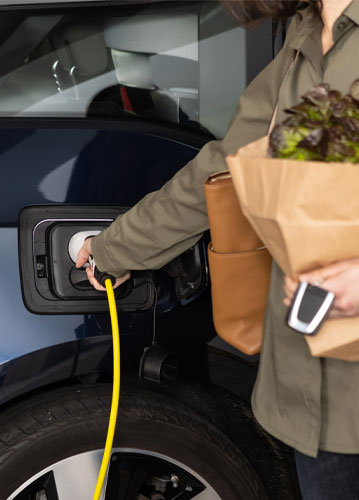
Level 1 Charger
A Level 1 Charger uses 120 volts of power and is the slowest way to charge. It comes with most EVs for free as a basic charger for standard outlets. Depending on the EV, it can take more than 24 hours to reach full charge from empty.
More About Level 1 Chargers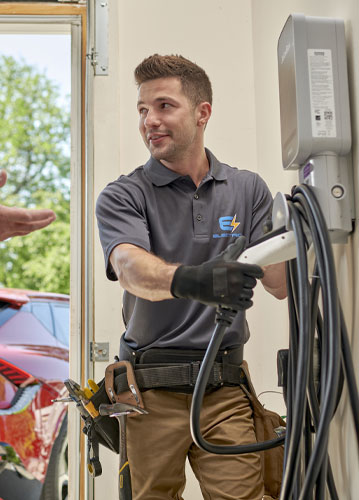
Level 2 Charger
A Level 2 charger uses 240 volts of power and charges an EV from empty to full in around 8 hours. Level 2 chargers are available for private home charging and are also found as public charging stations.
More About Level 2 Chargers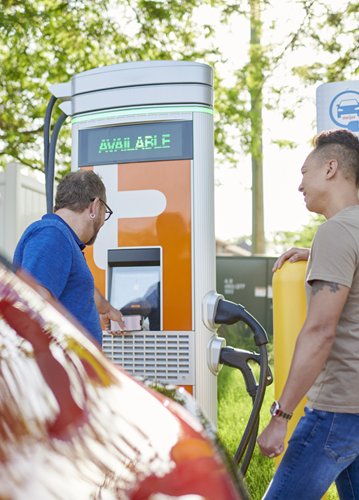
Level 3 Charger (DC Fast Charger)
A DC Fast Charger uses between 200 and 600 volts of power and is the fastest way to charge an EV. This charger is only for public charging — not for the home. DC Fast Chargers can typically charge a car from 20% to 80% in around 20-40 minutes.
More About Level 3 ChargersFind Charging Stations Near You: 2 Go-to Ways
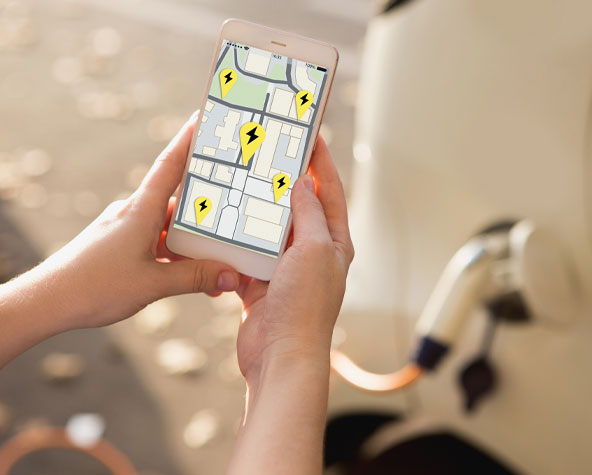
1. Find a Charging Station Online
Want to see what charging stations are in your area? Try our online charger finder, where you can find public Level 2 and DC fast charging stations near you.
Find a Charging Station Near Me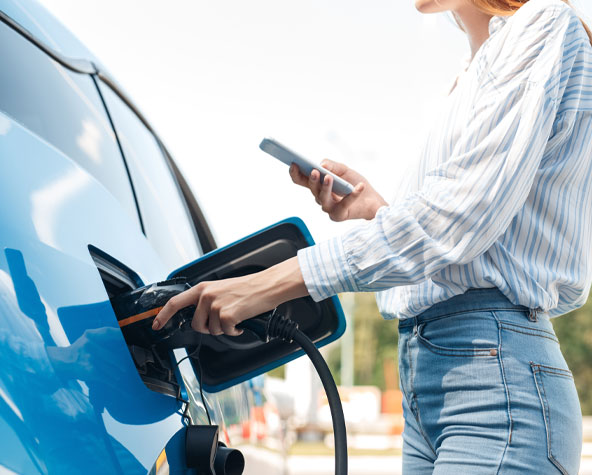
2. Use an App to Find a Charging Station
Need a fast, easy way to find a charger on your phone? We recommend the Plugshare app, which is available for both Android and iOS.
Get the Plugshare AppMore Charging Resources
Learn about Charging at Home and on the Road
Learn about Charging at Home and on the Road
Learn about Charging at Home and on the Road
Learn about Charging at Home and on the Road
Charging and Road Trip Planning
Charging and Road Trip Planning
Charging and Road Trip Planning
Charging and Road Trip Planning
How to Charge at Home
See what home chargers are available and how they work.
About Home Charging About Home ChargingContact an EV Specialist
Our EV specialists are more than happy to answer your questions.

